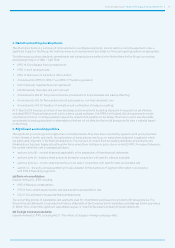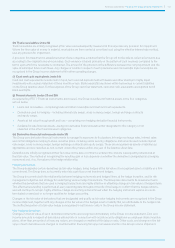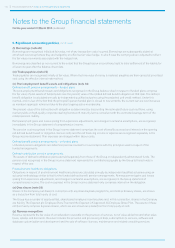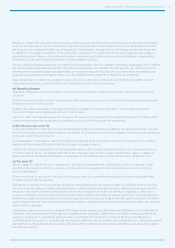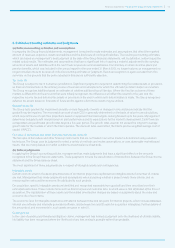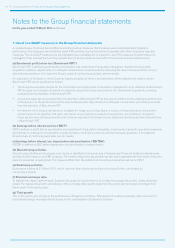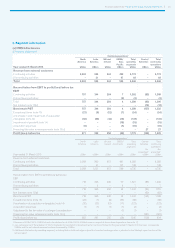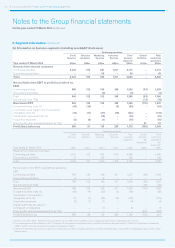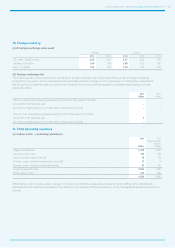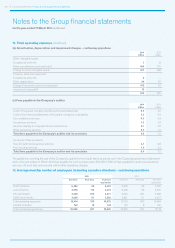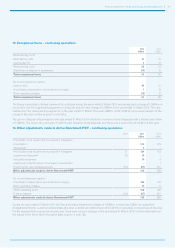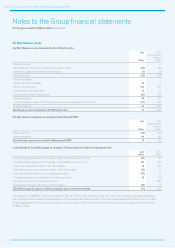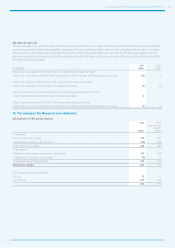Experian 2014 Annual Report Download - page 123
Download and view the complete annual report
Please find page 123 of the 2014 Experian annual report below. You can navigate through the pages in the report by either clicking on the pages listed below, or by using the keyword search tool below to find specific information within the annual report.
Financial statements • Notes to the Group financial statements 119
(h) Organic growth
This is the year-on-year change in the revenue of continuing activities, translated at constant exchange rates, excluding acquisitions
until the first anniversary date of their consolidation.
(i) Benchmark earnings
Benchmark earnings represents Benchmark PBT less attributable tax and non-controlling interests. Benchmark earnings attributable
to non-controlling interests represents that portion of Benchmark earnings that relate to non-controlling interests. Benchmark PBT less
attributable tax is designated as Overall benchmark earnings. The attributable tax for this purpose excludes significant tax credits and
charges arising in the year which, in view of their size or nature, are not comparable with previous years together with tax arising on
exceptional items and on total adjustments made to derive Benchmark PBT.
(j) Benchmark earnings per share (‘Benchmark EPS’)
Benchmark EPS represents Benchmark earnings divided by a weighted average number of ordinary shares, and is disclosed to
indicate the underlying profitability of the Group.
(k) Benchmark tax charge and rate
The Benchmark tax charge is defined as the total tax charge as reported in the Group income statement, adjusted for the tax impact
of non-Benchmark items. The related effective rate of tax is calculated by dividing the Benchmark tax charge by Benchmark PBT.
(l) Exceptional items
The separate reporting of non-recurring exceptional items gives an indication of the Group’s underlying performance. Exceptional
items are those arising from the profit or loss on disposal of businesses, closure costs of major business units and costs of
significant restructuring programmes. All other restructuring costs are charged against EBIT, in the segments in which they
are incurred.
(m) Operating and free cash flow
Operating cash flow is defined as EBIT from continuing operations, plus amortisation, depreciation and charges in respect of share-
based incentive plans, less capital expenditure net of disposal proceeds and further adjusted for changes in working capital and
the profit or loss retained in continuing associates. Operating cash flow is reconciled to cash generated from operations in note
39(i). Free cash flow is derived from operating cash flow by excluding net interest, tax paid in respect of continuing operations and
dividends paid to non-controlling interests.
(n) Cash flow conversion
Cash flow conversion is defined as operating cash flow expressed as a percentage of EBIT.
(o) Net debt
Net debt is defined as borrowings (and the fair value of derivatives hedging borrowings) excluding accrued interest, less cash and
cash equivalents reported in the Group balance sheet and other highly liquid bank deposits with original maturities greater than
three months.
(p) Capital employed
Capital employed is defined as net assets less non-controlling interests, further adjusted to add or deduct the net tax liability or asset
and to add net debt.




